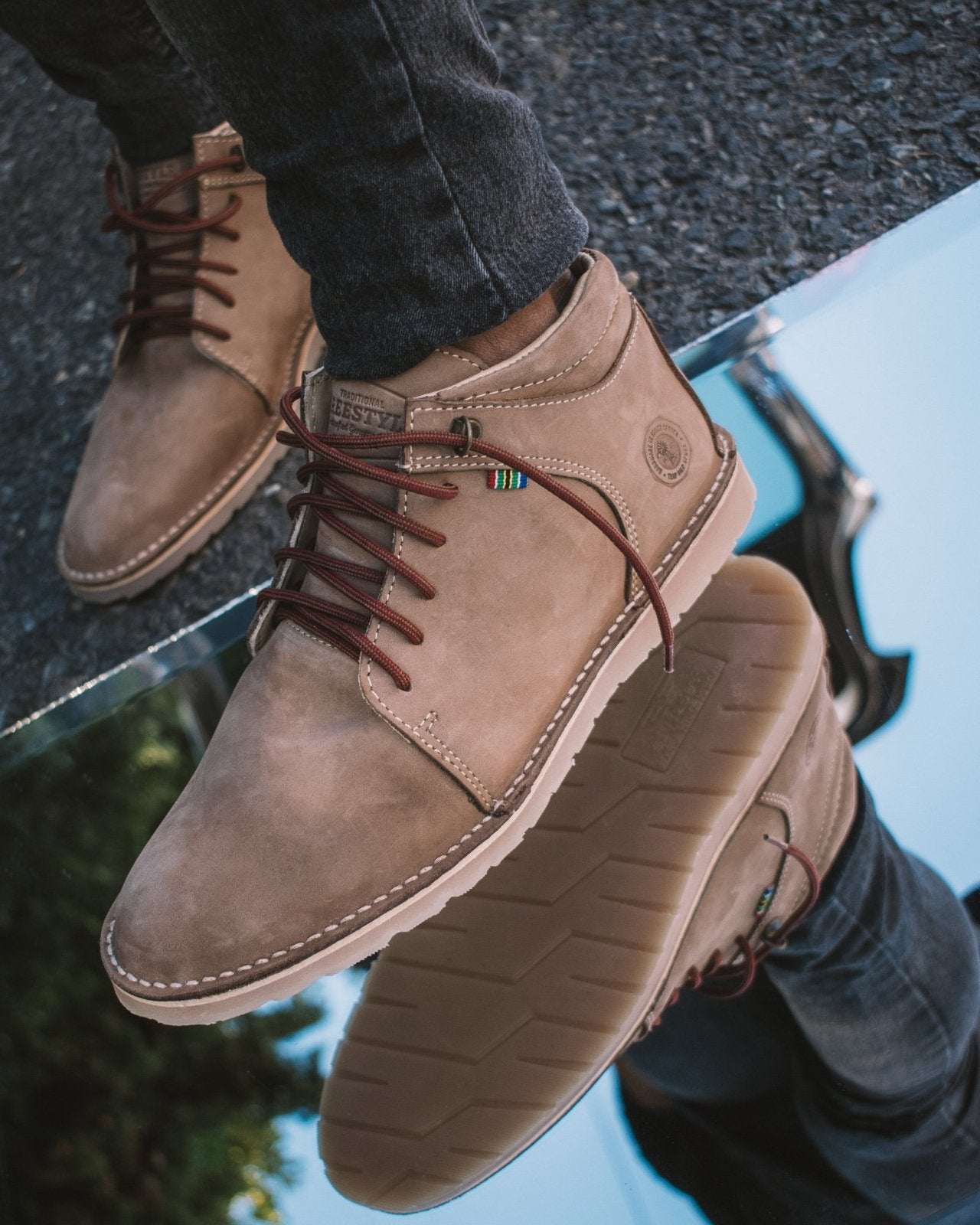
Leather Terminology
There are many different types of leather and many different ways to tan leather and finishing options. This is a rough, informal guide to leather terminology and is not supposed to be comprehensive.
The kind of animal will determine the fibre structure of the hide. The tighter the fibre structure the stronger the leather. Thus the source of the hide will determine the durability of the leather.
Younger animals(calf leather) have a finer grain structure and consequent to their age have far fewer blemishes or marks. Also, because of their age, the leather also tends to be lesser in substance or thickness. Formal dress shoes and ladies shoes tend to make use of this kind of leather.
On adult bovine animals the hide is usually around 4-5 mm in substance. The hide is split into a grain leather and an underlying split leather. Split leather is usually made into a low-quality heavily pigmented (read painted) leather which is used extensively in the industrial leather boot market. We use this leather to make the Stefan Eco, which is a basic workers boot.
It can also be used to make a high-quality suede with a tight nap depending on the source of the animal hide. Suede is a porous leather and requires the regular application of Freestyle Leather Protector to ensure against staining from oils, red wine, blood and other such substances. We use this kind of suede in a heavy substance in our boots. I like the quality of the nap. To me it is a great product.
Bonded leather is made up of leather dust - a bit like chipboard or superwood - compressed with latex glues into a mould and thereafter split into different substances. A painted finish is then applied. Belts, some bags and sandal insoles are made using this method. We use this leather in very limited applications.
Action leather or school-shoe leather which is used in athleisure sneakers and most school shoes is a split leather which is levelled into an even substance and then a Polyurethane foil is glued onto the surface of the sueded leather. Depending on the type of glue and PU used, the action leather can be breathable. it doesn't like heat, can scuff quite badly and has a definite shelf life. I don't like this kind of leather at all.
Grain leathers are obviously stronger and more sought after than pigmented leathers depending, of course, on their quality. Low-grade grain leathers will be buffed/sanded to disguise their blemishes and then a pigmented finish will be applied. Dressing up mutton as lamb, so to speak. These are called corrected-grain leathers. We don't use corrected grain leathers.
Nubuck leather is a grain leather where the top layer is buffed off using a very fine sandpaper and then tanned using natural dyes which creates an almost velvety fine napped suede. Because the grain is removed it is extremely porous and thus we now have it tanned with a water repellent additive. It requires more care, the regular application of Freestyle Leather Protector will enhance and extend it's life. We use Nubuck in some of our ranges like the Dwayne and Zambezi. It makes up really well. Tip: When the nubuck is old and tired you can rejuvenate it using Freestyle Leather Balsam and turn it into a waxed leather.
Higher quality grain leathers are usually tanned using natural dyes and with a minimum of pigmentation to show off the natural grain of the leather. This is called aniline full-grain leather. A bit like varnish versus paint. You would varnish beautiful grained wood and maybe paint a lower quality grade of wood. With this type of leather, because it is tanned more naturally you must expect blemishes and scratches as a mark of quality. This is the go to leather for most of our products.
What are milled leathers?
Leather is milled by basically putting it into a giant washing machine drum and tumbling it for an amount of time to soften it and break the grain. It is a useful tool where you want the shoe to be more comfortable and not as rigid when you first wear it and also to create a more distressed, worn look.
At Freestyle we only use the finest quality leathers in the manufacture of our products, which we source from all over the world, although Southern African tanned hides form the core of the leathers that we use. We always try to source our leathers from the same tanneries, to ensure the consistency of the final quality of our products.
We remain mindful of the need to offer quality and value to our customer, while retaining an eye on minimizing our impact on the environment by reducing our carbon footprint.
All Freestyle products, are manufactured wholly in South Africa.
#Local is Lekker.
#Trap diep spore.
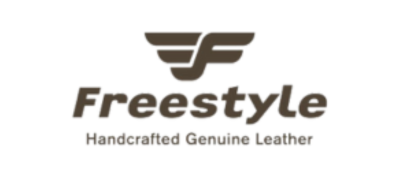
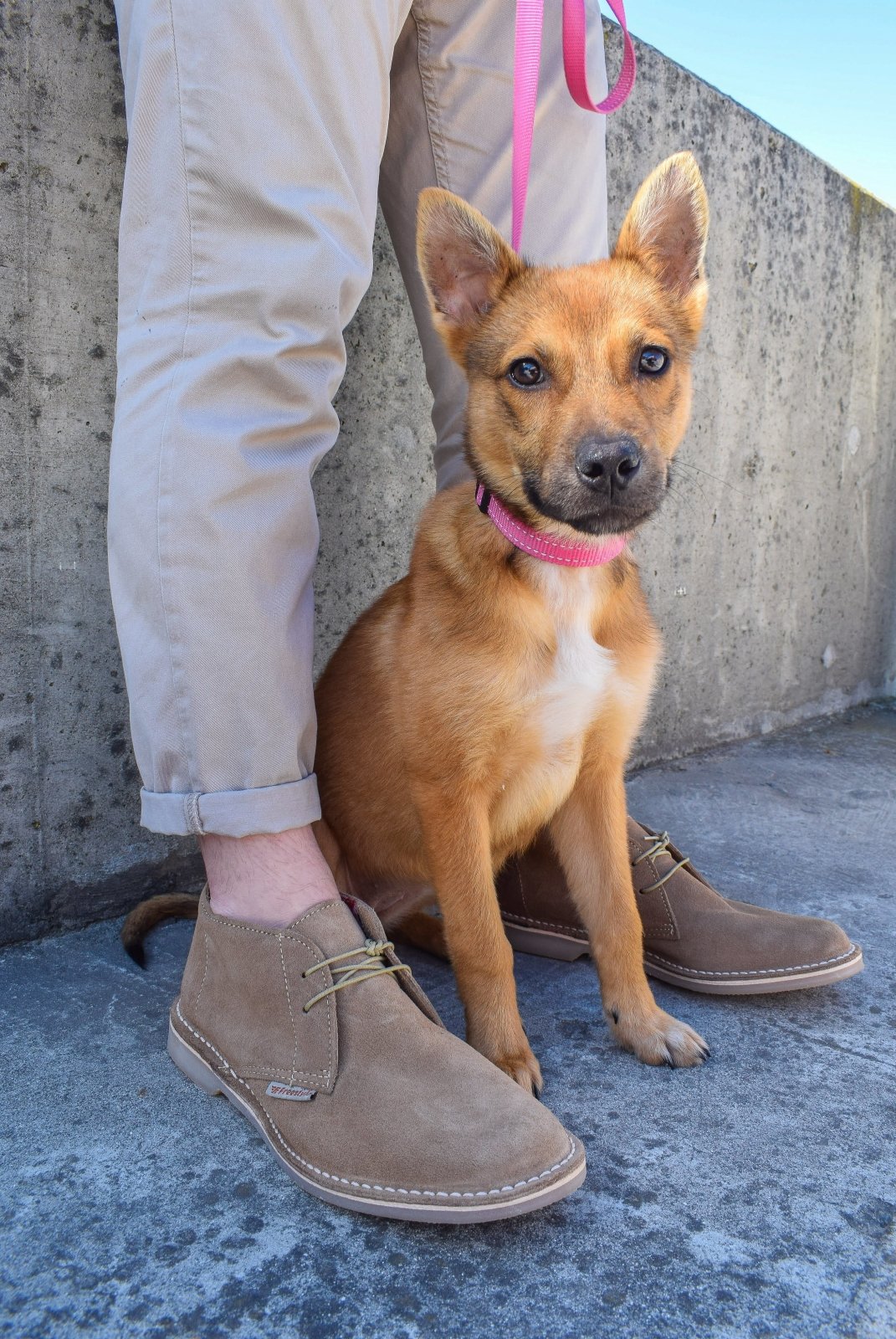
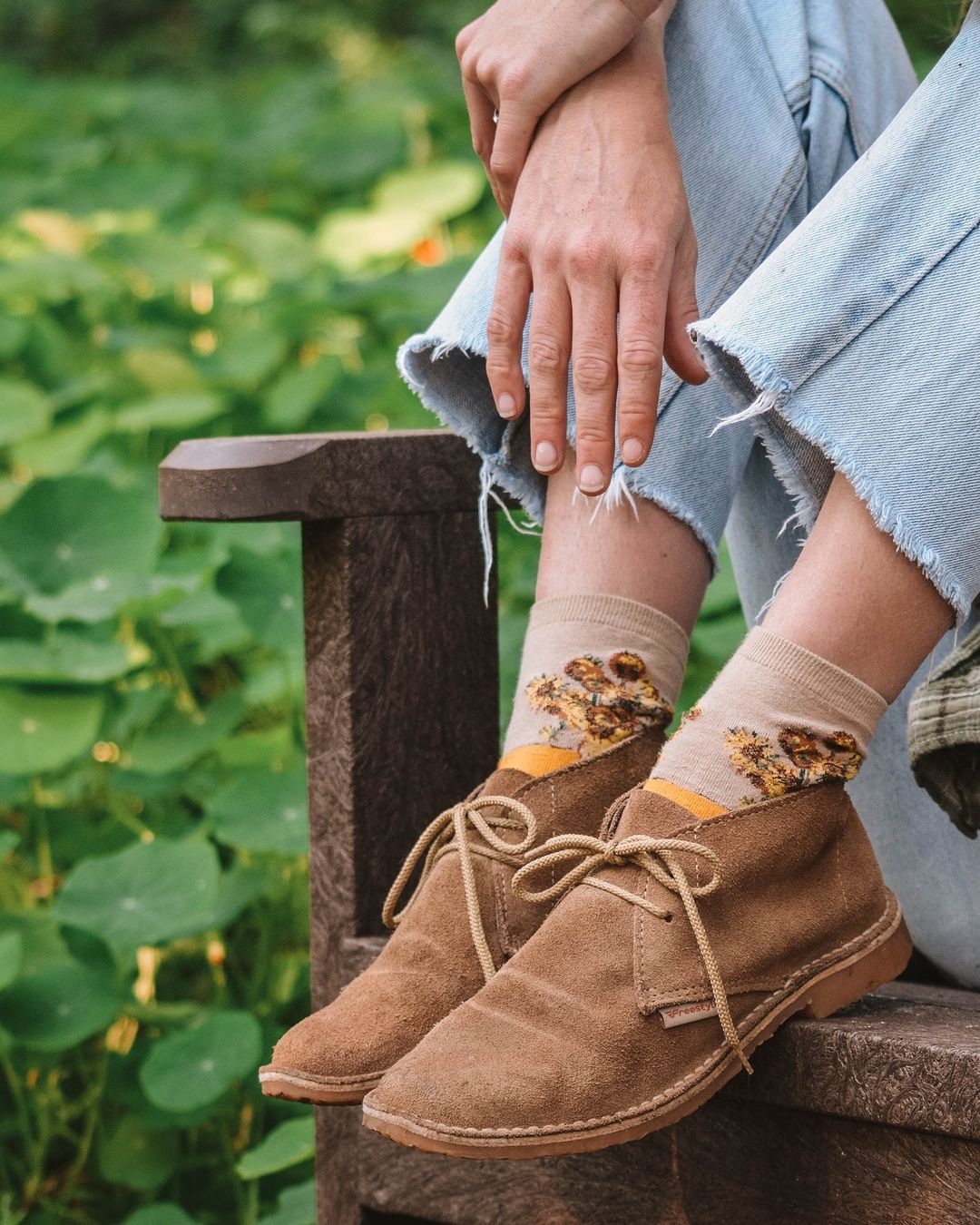

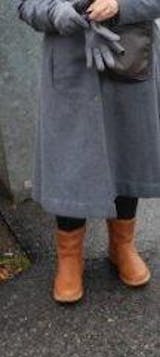
Leave a comment
This site is protected by hCaptcha and the hCaptcha Privacy Policy and Terms of Service apply.